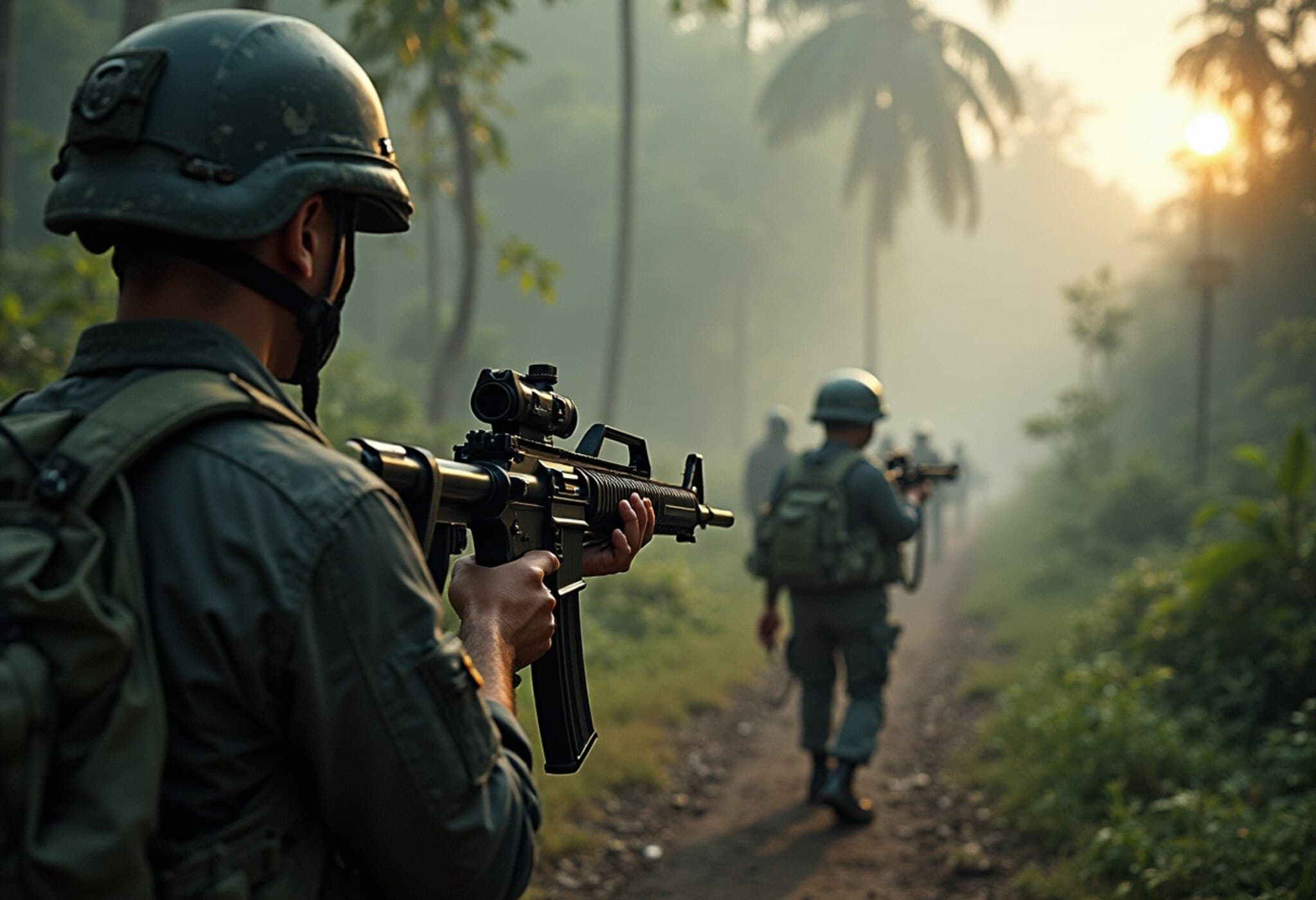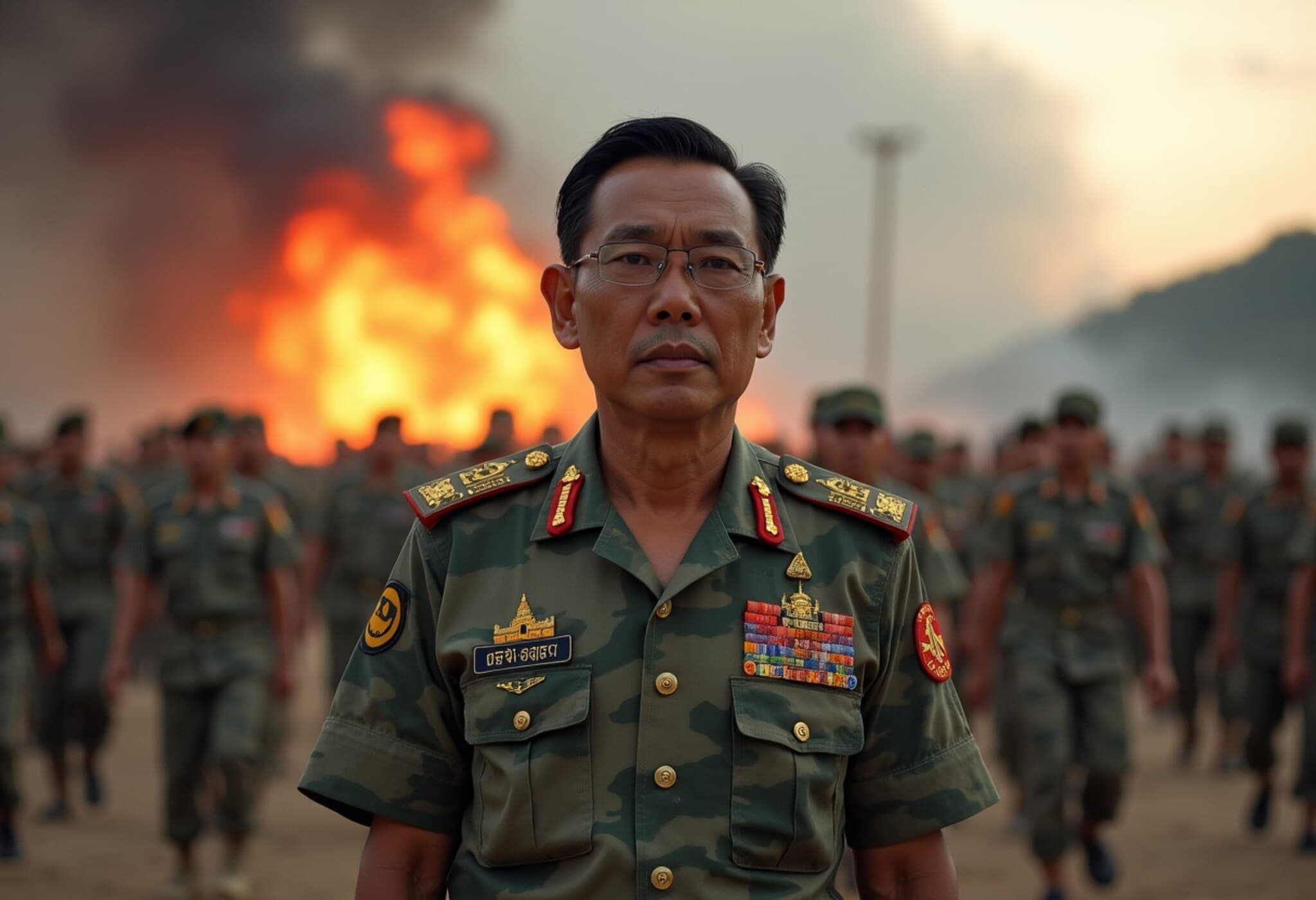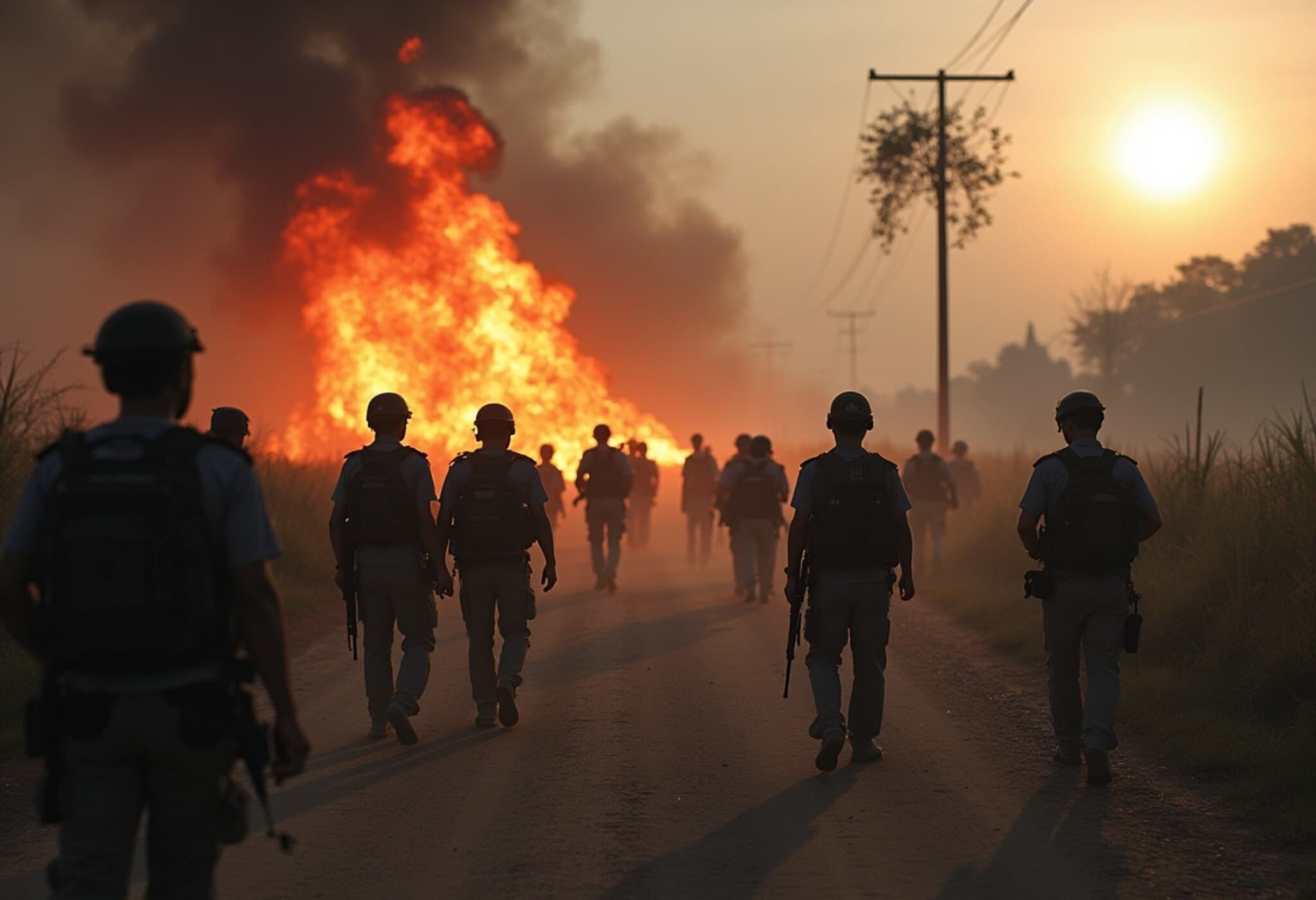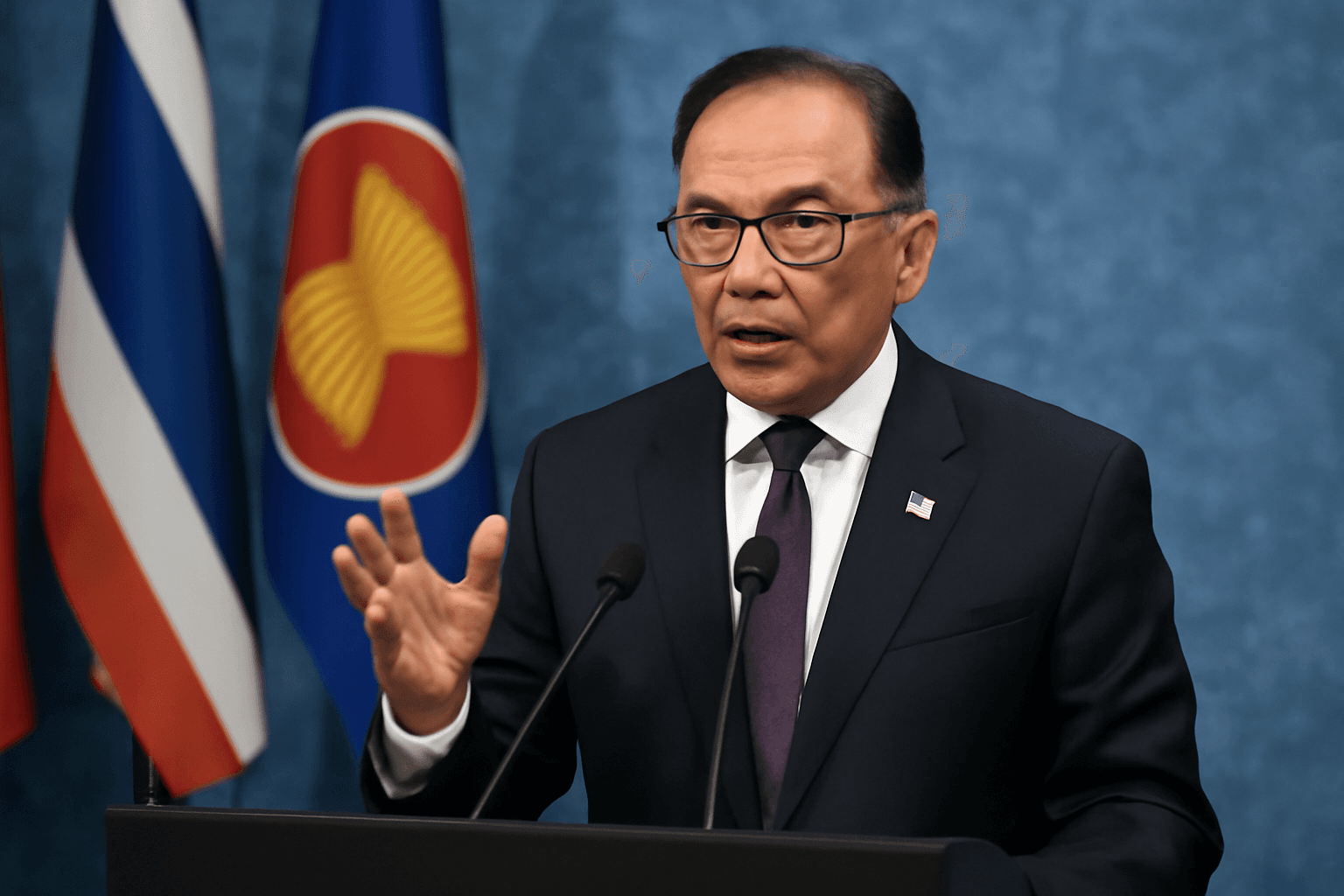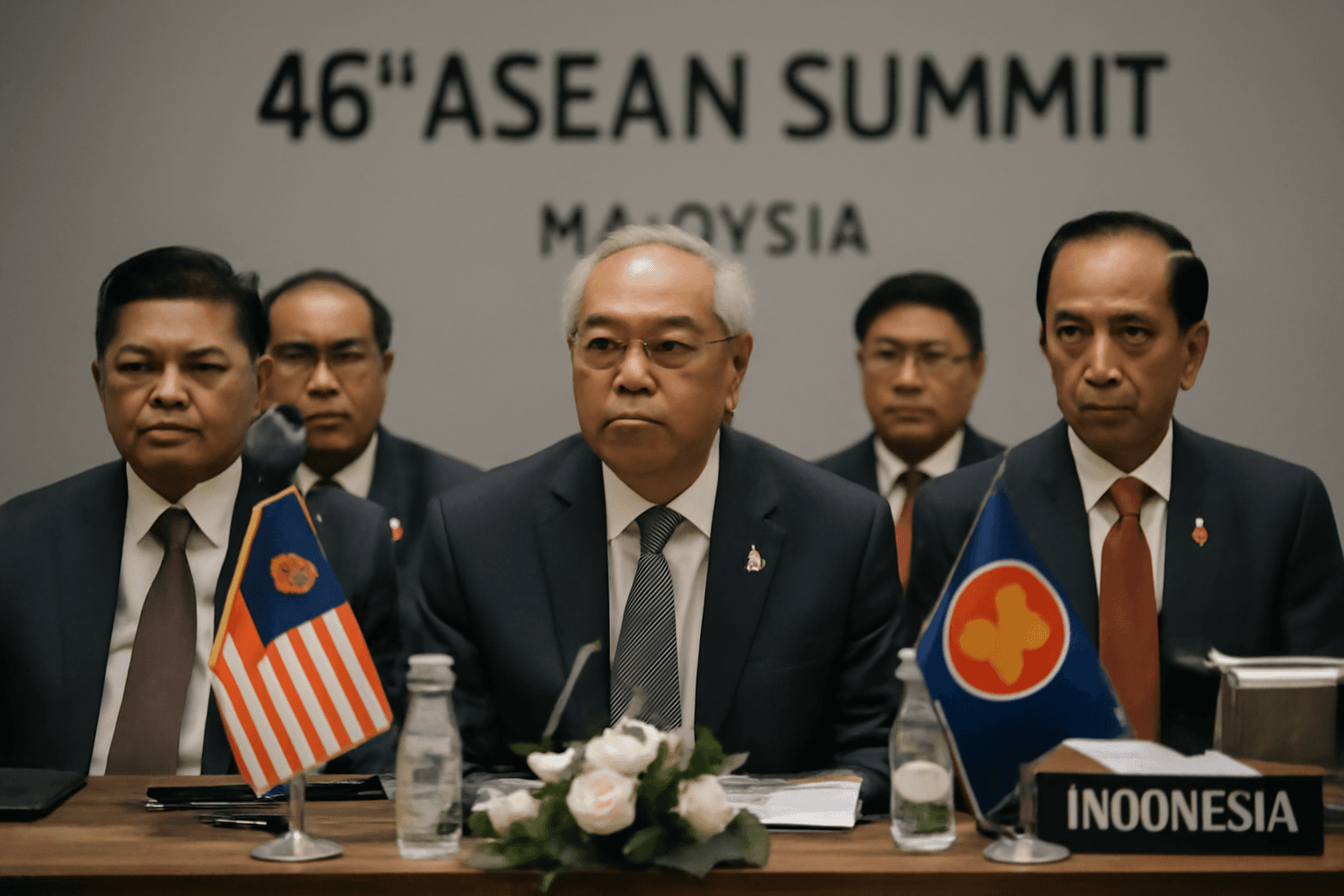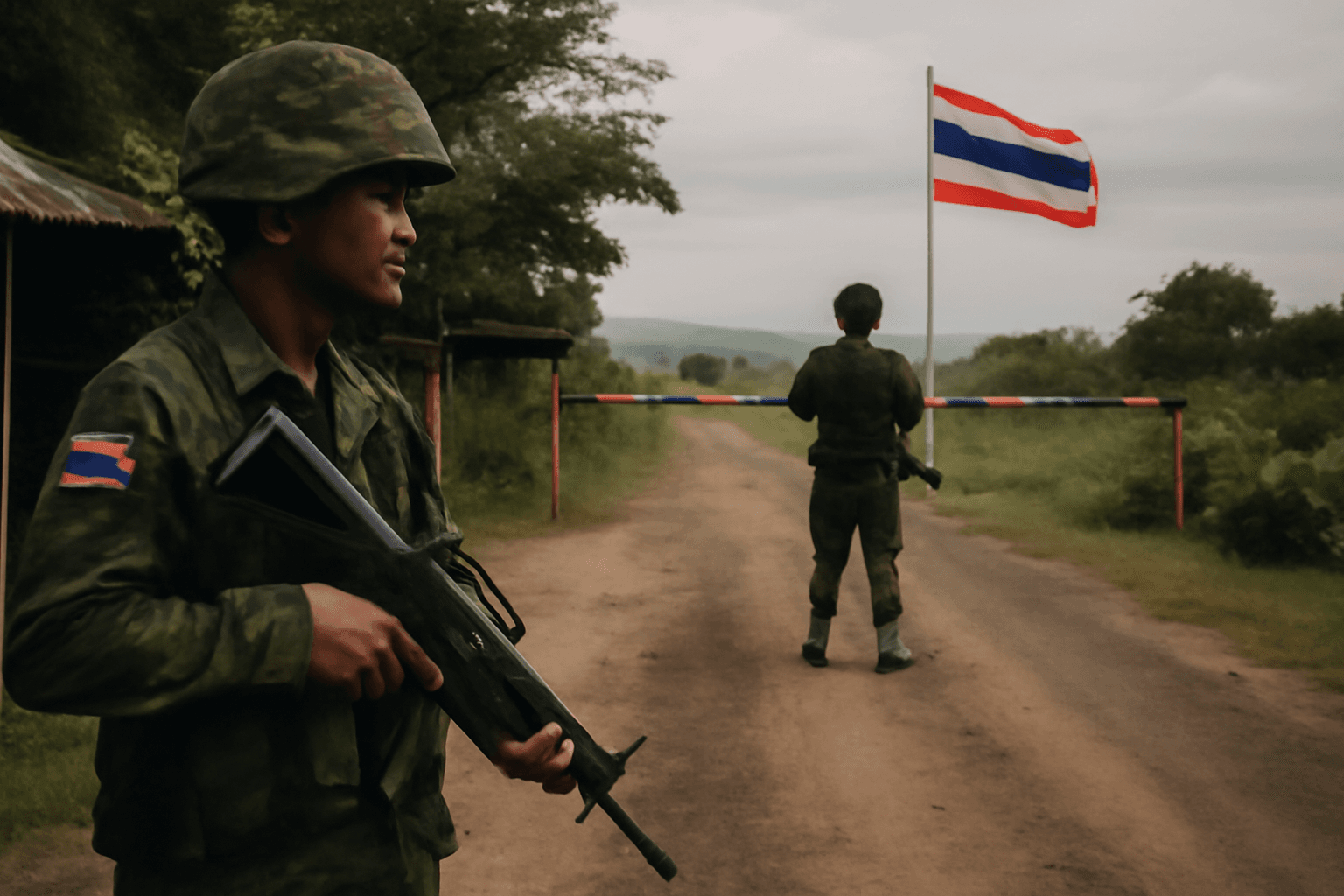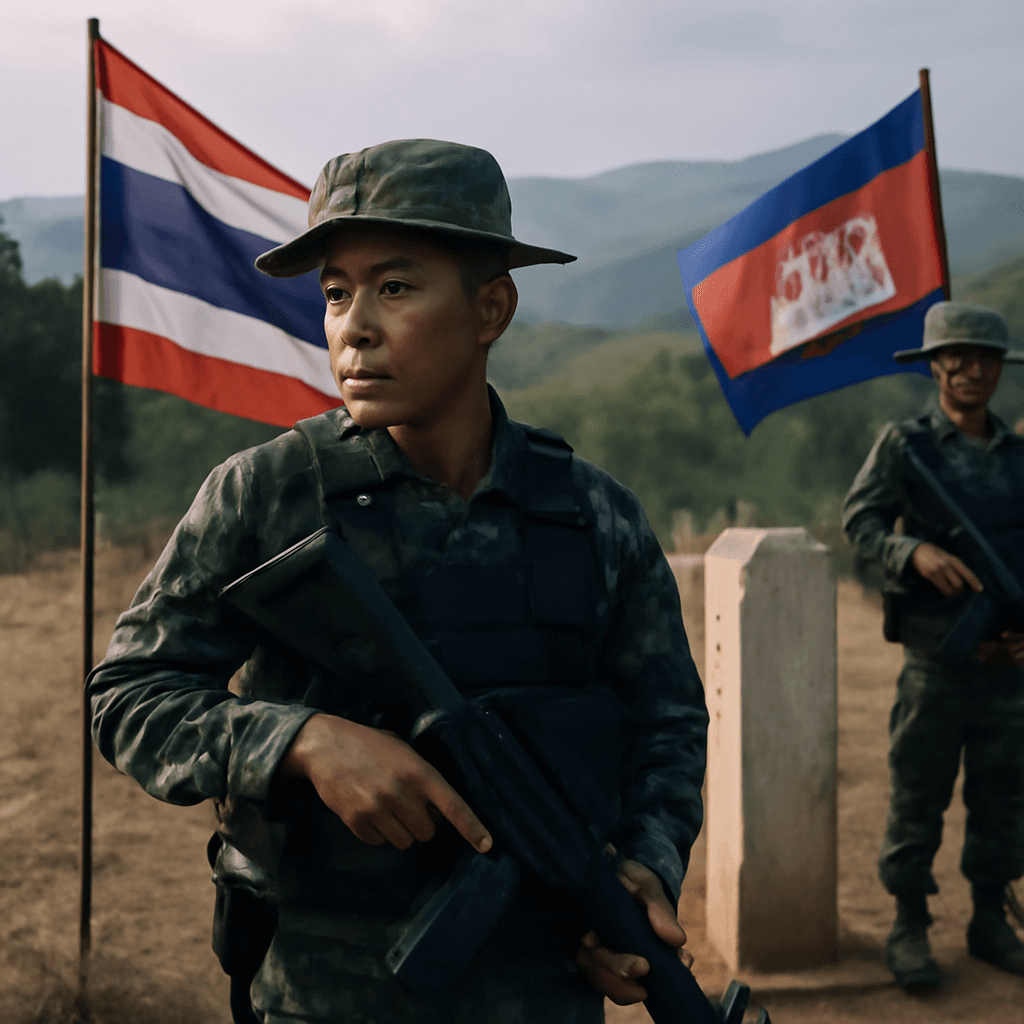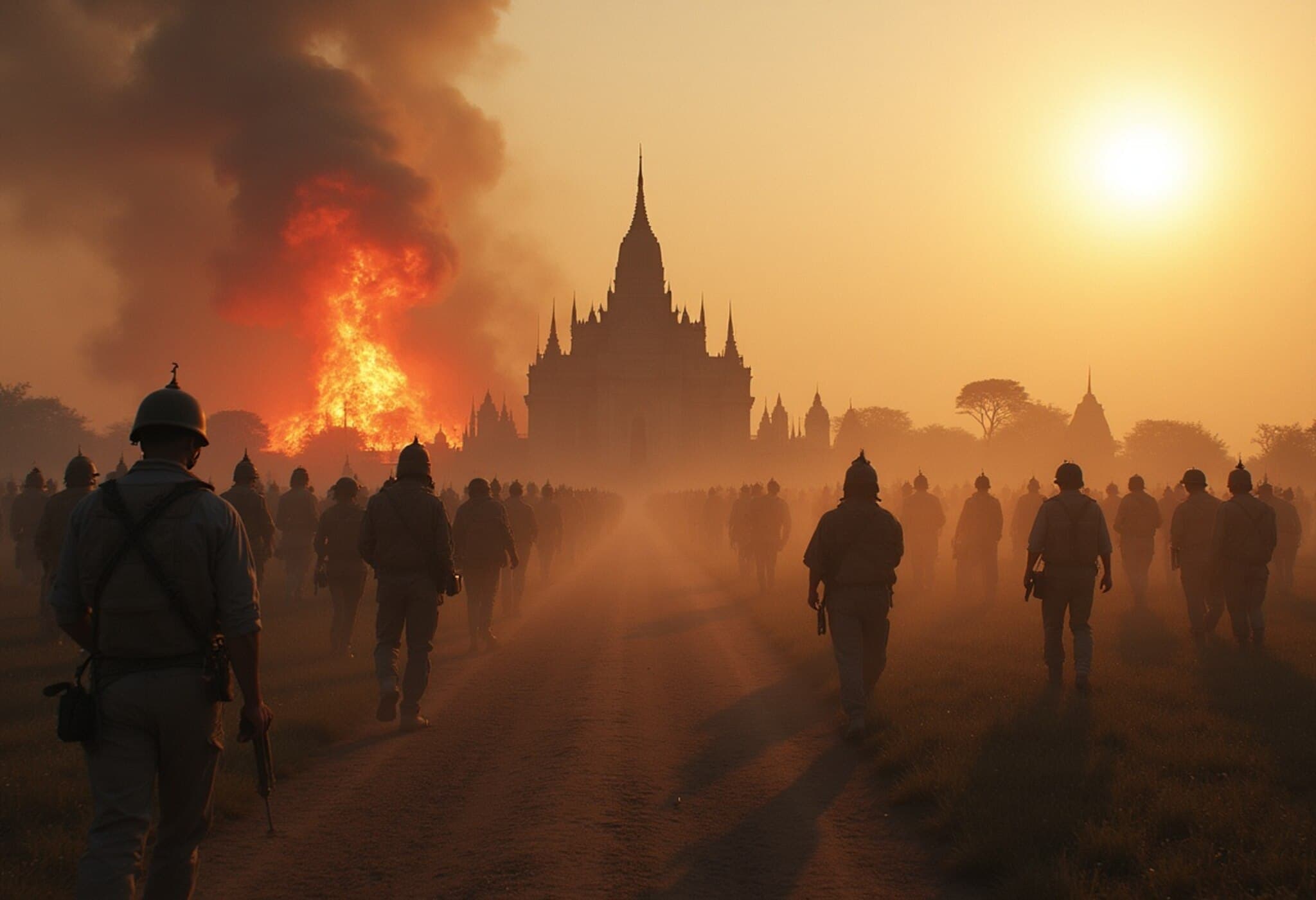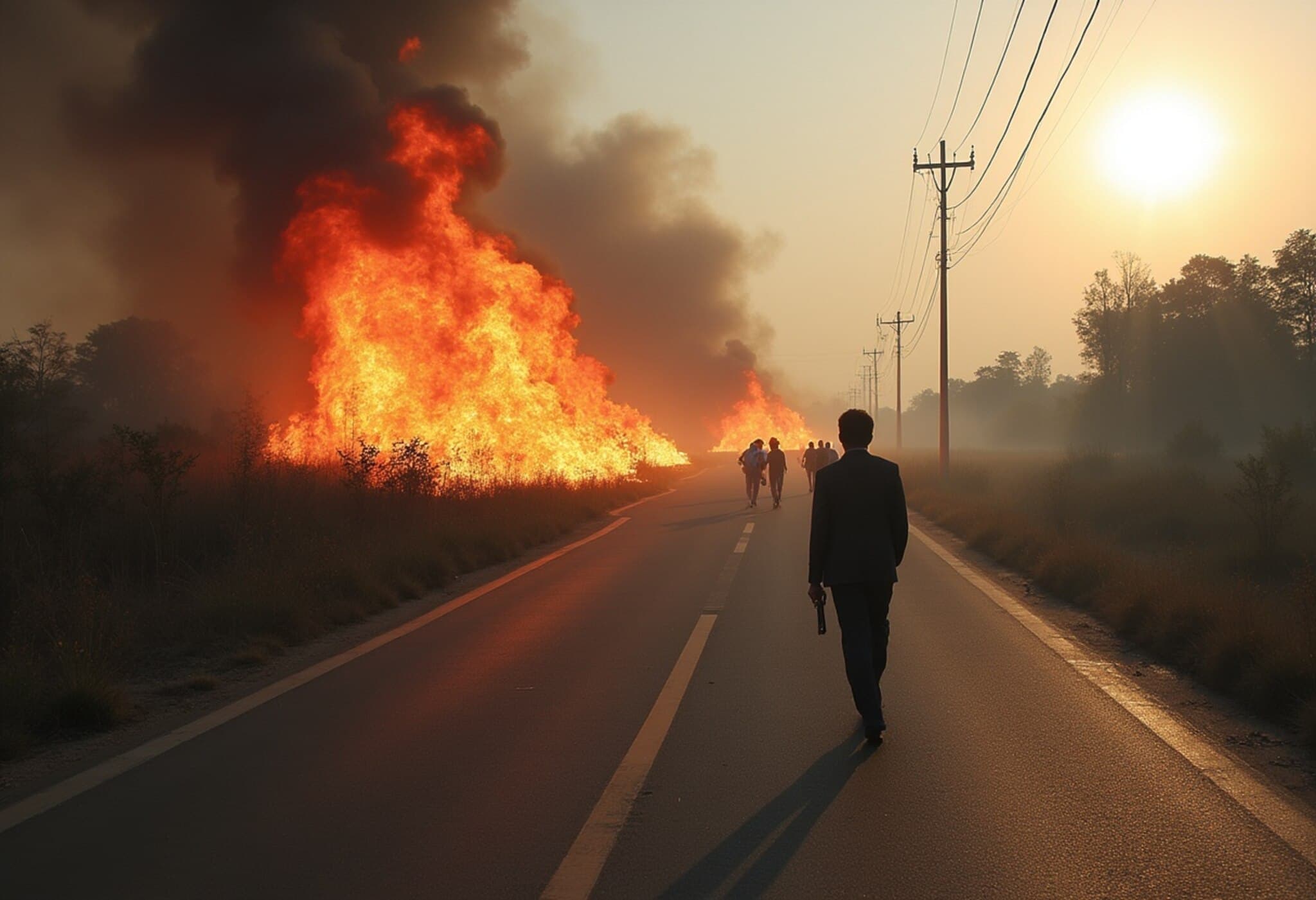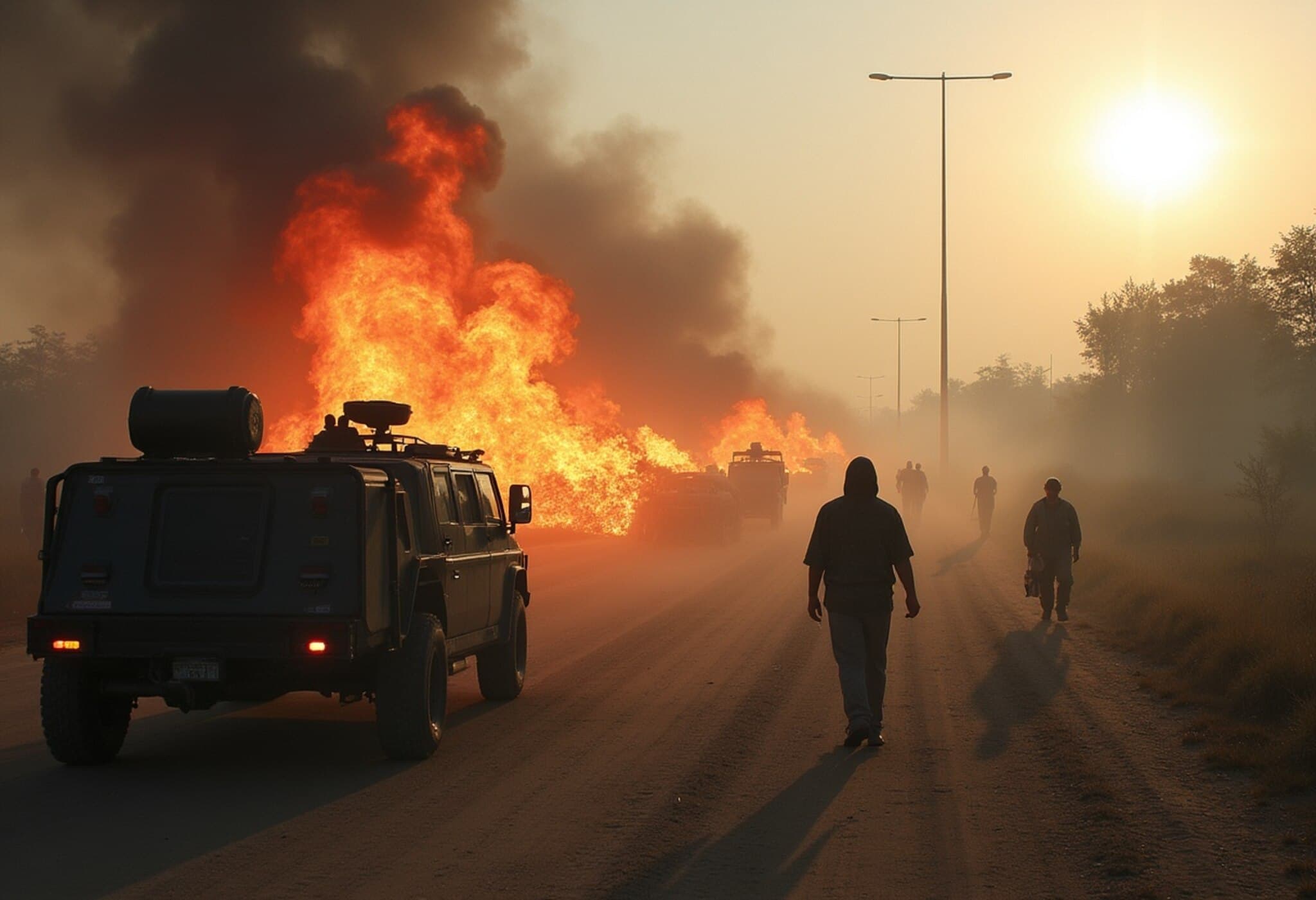The Fateful Gunshot at Dawn
On the early morning of May 28, 2025, a tense standoff unfolded deep in the lush, fog-shrouded borderlands known as the Emerald Triangle, where Cambodia, Thailand, and Laos converge. In this remote and historically disputed patch of jungle, Cambodian soldiers from Battalion 395 were stirring to life. Second Lieutenant Suon Roun had not yet donned his uniform when Thai troops suddenly approached from an opposing slope.
What followed—a brief but deadly exchange of gunfire—has left a profound mark far beyond the mountain ridge. Suon Roun was killed instantly. The full circumstances around the clash remain contested by both sides, but this single bullet fired at dawn would ignite national passions and political upheaval in Thailand, putting Prime Minister Paetongtarn Shinawatra’s career at risk.
A Family Torn by Tragedy
For Em Heap, a resilient 85-year-old mother living in a modest wooden home in Kampenh village, Cambodia, news of her son’s death is yet another heartbreaking loss in a lifetime marked by sorrow. Having already endured the brutal Khmer Rouge era—during which she lost two sons and her husband—plus a series of subsequent family tragedies, Suon Roun’s death has shattered what remained of her family.
Her younger son, Suon Eung, recalls the grim details relayed by the Cambodian military commander present at the attack: amidst thick fog and a sudden ambush, the Cambodian troops were caught unprepared, and a 20-minute gunfight ensued before Thai forces signaled a ceasefire.
The Fog of Conflict and Disputed Facts
- Thailand denies firing the first shot and claims no soldiers were injured.
- The Thai military alleges Cambodian forces violated established border agreements by entering disputed areas.
- Cambodia asserts longstanding occupation of the trench contested in the skirmish.
This border dispute is more than a local skirmish. It echoes decades of tension rooted in colonial-era maps and deep cultural rivalries over border demarcation, sacred sites, and national sovereignty.
Political Fallout in Bangkok and Phnom Penh
Following the shooting, diplomatic relations soured sharply. Both countries imposed border closures, and Cambodia banned Thai media, igniting fierce nationalist sentiments. Most dramatically, Thailand’s Prime Minister Paetongtarn Shinawatra was suspended pending a Constitutional Court hearing over a leaked phone conversation with Cambodian leader Hun Sen, escalating a political crisis.
This incident symbolizes wider geopolitical dynamics: Thailand, a key regional economy torn over internal politics and the influence of the powerful Shinawatra family, faces pressure from neighbors aligned with China, including Cambodia, as well as instability in adjacent Myanmar.
Behind the Scenes: Hun Sen’s Political Calculus
Hun Sen, having ruled Cambodia for four decades before passing the baton to his son Hun Manet, appears to be reinforcing his grip through strong nationalist messaging tied to the border dispute. Observers note this as a deliberate political strategy amid economic challenges, including declining Chinese investment and tourism, and external risks such as potential US tariffs.
The Human Cost: Remembering Suon Roun
Despite political grandstanding, the personal toll is evident. Suon Roun, posthumously promoted to captain, was a quiet and dedicated soldier who joined the military in the shadow of his father’s death during Khmer Rouge violence. His passing reverberates beyond headlines, emblematic of countless families in regions where history’s scars run deep.
Em Heap’s story sheds light on how ongoing geopolitical disputes often collide with the lived realities of ordinary people, who bear the brunt of conflict’s legacy.
Border Ambiguity: The Lingering Question
Travelers and diplomats alike struggle with defining exactly where Cambodia ends and Thailand begins in the Emerald Triangle. A Cambodian checkpoint soldier candidly admitted, “Nobody really knows.” This murkiness in territorial lines reflects broader challenges in Southeast Asia, where colonial-era boundary definitions leave ongoing room for dispute and conflict.
Expert Analysis: Navigating Complexity in Southeast Asia
Susannah Patton, South-East Asia program director at the Lowy Institute, explains that Hun Sen’s assertive messaging over the border skirmish serves domestic political ends, while Cambodia navigates an uncertain economic and diplomatic future. The friction with Thailand may illustrate a calculated shift towards a more confrontational stance, especially given Bangkok’s recent reframing of troop movements in the area.
Looking Forward: What’s at Stake?
- Thailand’s political stability is fragile, caught between nationalist pressures and elite power struggles.
- Cambodia’s leadership projects strength to maintain sovereignty and nationalist legitimacy amid economic uncertainty.
- The future of regional harmony hinges on clarifying disputed borders and easing nationalist tensions that threaten broader ASEAN cooperation.
Editor’s Note
This poignant saga encapsulates how a single moment—a gunshot at dawn in a contested jungle—can unravel lives and challenge nations simultaneously. It reminds us that behind geopolitical chessboard moves lie personal grief and resilience. The incident raises vital questions: How can Southeast Asian countries balance national pride with cooperation? What mechanisms are necessary to peacefully resolve longstanding boundary disputes rooted in colonial legacies? And how might domestic political agendas be influencing diplomacy in ways that complicate regional peace?
As Cambodia and Thailand tread carefully along their shared border, it is clear that any lasting resolution will require not just legal rulings but empathy for the human costs at stake.


